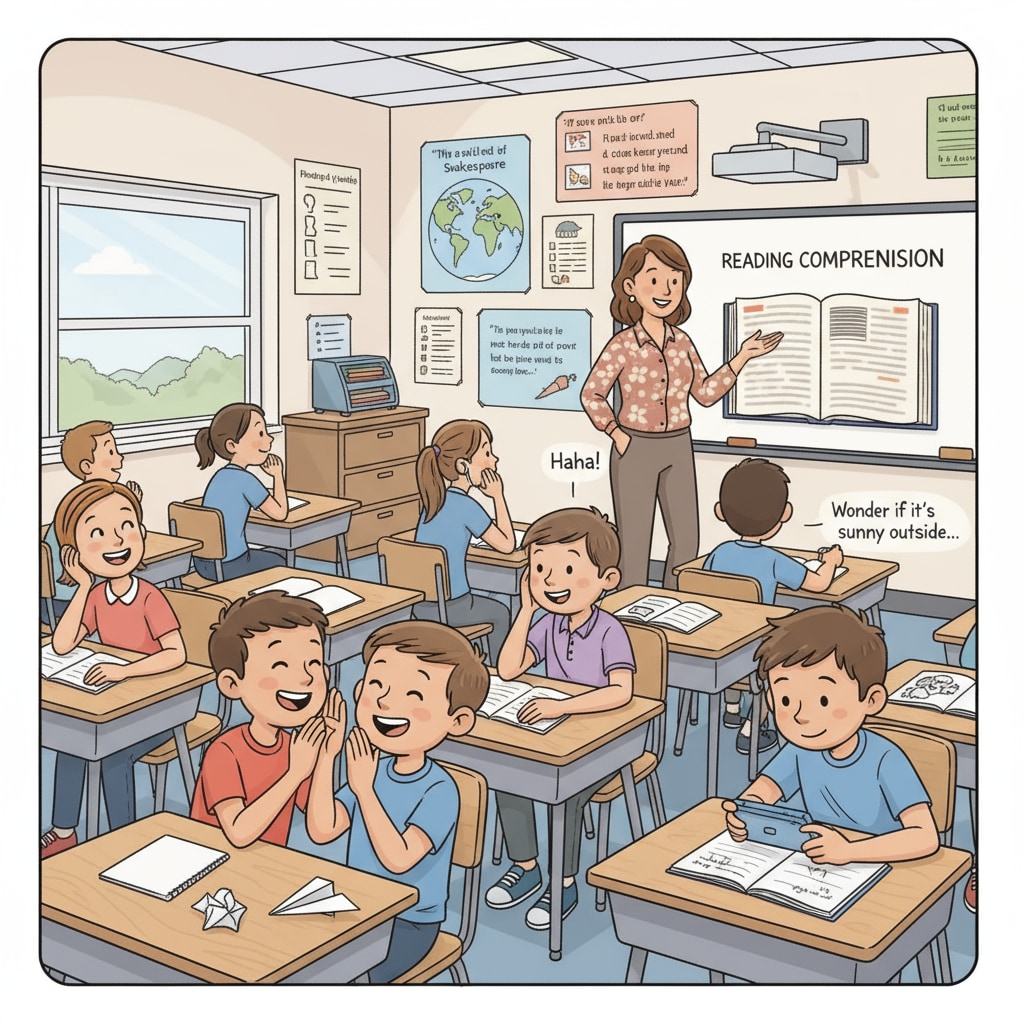In the realm of middle school education, the issue of student non – compliance with instructions, coupled with teaching dilemmas and special educational needs, has become a significant concern. This problem is particularly prominent in English teaching, where students often fail to follow classroom instructions. For example, in an English reading class, the teacher might ask students to read a passage silently and then answer some comprehension questions. However, some students continue to chat or daydream instead of following the instructions. This not only disrupts the teaching order but also affects the overall learning atmosphere in the classroom.

The Root Causes of Student Non – Compliance
One of the main reasons for students not following instructions is a lack of understanding. English, as a foreign language, may present complex instructions that are difficult for some students to grasp. For instance, if the teacher uses idiomatic expressions or complex sentence structures in the instructions, students with limited language proficiency may be confused. In addition, some students may have attention – deficit issues. According to the American Psychological Association, attention – deficit hyperactivity disorder (ADHD) can make it challenging for students to focus and follow instructions. These students may be easily distracted by external factors, such as noise in the classroom or their own thoughts.

Teaching Dilemmas Stemming from Non – Compliance
Teachers often face a series of teaching dilemmas due to student non – compliance. Firstly, it is difficult to maintain the teaching rhythm. When students do not follow instructions, the teacher may have to spend extra time repeating or clarifying the tasks, which can disrupt the planned teaching progress. Secondly, it is a challenge to ensure the effectiveness of teaching. If a significant number of students do not participate as required, the learning objectives may not be achieved. Moreover, dealing with non – compliant students can also be emotionally exhausting for teachers, affecting their enthusiasm for teaching. As stated on TeachThought, teacher burnout is a real concern in such situations.
To address these issues, teachers need to adopt more targeted strategies. For students with special educational needs, individualized teaching plans can be developed. For those who have difficulty understanding instructions, the teacher can simplify the language and use more visual aids. For example, in an English grammar class, when explaining a complex grammar point, the teacher can use charts or diagrams to make it more intuitive. In addition, creating a positive classroom environment can also encourage students to be more compliant. Teachers can establish clear rules and rewards systems to motivate students to follow instructions.
Readability guidance: By understanding the root causes of student non – compliance and the resulting teaching dilemmas, especially in relation to special educational needs, teachers can take proactive steps to transform the situation. This not only helps to improve classroom participation but also enhances the overall learning experience for middle school students.


